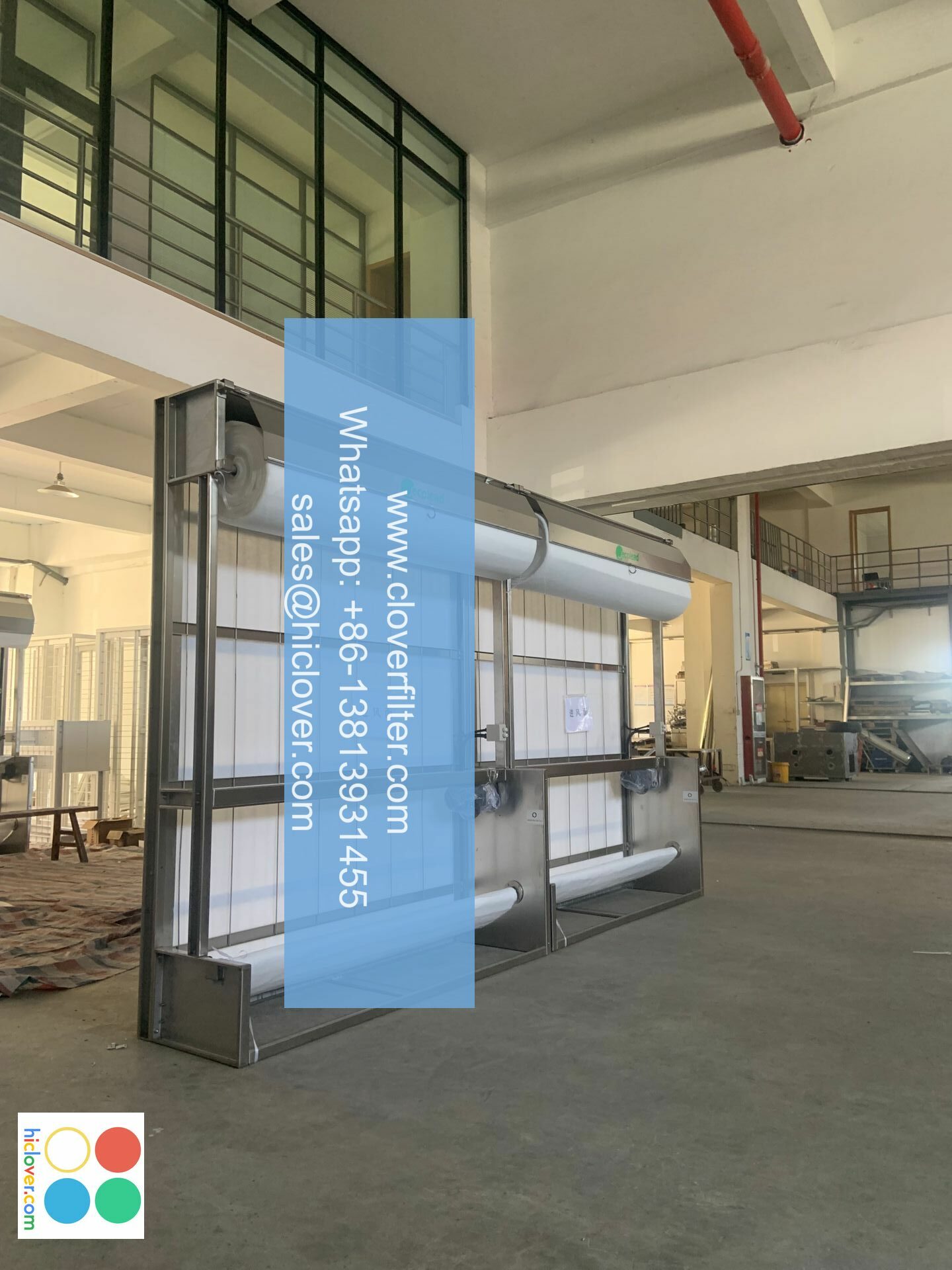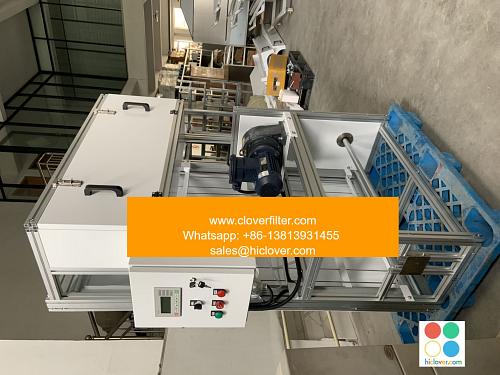Hamilton Steel Plant’s Air Filtration System: A Model for the Steel Industry

The steel industry is one of the largest and most polluting industries in the world, with steel production being a significant contributor to greenhouse gas emissions and air pollution. However, one steel plant has set a new standard for the industry with its innovative air filtration system. The Hamilton Steel Plant’s air filtration system is a model for the steel industry, demonstrating how effective air pollution control can be achieved through the use of cutting-edge technology and a commitment to sustainability.
The Hamilton Steel Plant’s air filtration system is designed to capture and remove pollutants from the air, including particulate matter, gases, and fumes. The system uses a combination of electrostatic precipitators, baghouses, and scrubbers to remove pollutants from the air, with a removal efficiency of over 99%. The system is also equipped with advanced monitoring and control systems, allowing for real-time monitoring of air quality and automatic adjustments to be made to optimize performance.
One of the key features of the Hamilton Steel Plant’s air filtration system is its use of electrostatic precipitators. These devices use an electrostatic charge to attract and capture particulate matter, including dust, soot, and other pollutants. The electrostatic precipitators are highly effective, with a removal efficiency of over 99.9% for particulate matter. The system also uses baghouses, which are designed to capture larger particles and pollutants, and scrubbers, which use a chemical solution to remove gases and fumes.
The air filtration system at the Hamilton Steel Plant has had a significant impact on the environment and the local community. The system has reduced particulate matter emissions by over 90%, and has also reduced emissions of gases and fumes, including sulfur dioxide and nitrogen oxides. The system has also improved visibility and air quality in the surrounding area, making it a healthier and more pleasant place to live and work.
In addition to its environmental benefits, the Hamilton Steel Plant’s air filtration system has also had economic benefits. The system has reduced the plant’s energy costs and has also reduced maintenance costs, as the system is designed to be highly efficient and require minimal maintenance. The system has also helped to improve the plant’s productivity, as it has reduced downtime and increased efficiency.
The Hamilton Steel Plant’s air filtration system is also a model for the steel industry in terms of its innovative design and use of cutting-edge technology. The system was designed and installed by a team of expert engineers and technicians, who used advanced computer modeling and simulation to design the system. The system is also highly flexible and can be easily modified or upgraded as needed, making it a highly adaptable and sustainable solution.
The success of the Hamilton Steel Plant’s air filtration system has also led to its adoption by other steel plants and industries. The system has been recognized as a best practice by the steel industry and has been featured in several industry publications and conferences. The system has also been recognized by regulatory agencies, including the Environmental Protection Agency (EPA), which has cited the system as an example of a highly effective air pollution control system.
Conclusion
In conclusion, the Hamilton Steel Plant’s air filtration system is a model for the steel industry, demonstrating how effective air pollution control can be achieved through the use of cutting-edge technology and a commitment to sustainability. The system has had a significant impact on the environment and the local community, reducing particulate matter emissions and improving air quality. The system has also had economic benefits, reducing energy costs and improving productivity. The success of the Hamilton Steel Plant’s air filtration system has also led to its adoption by other steel plants and industries, and it has been recognized as a best practice by the steel industry and regulatory agencies.
Frequently Asked Questions (FAQs)
Q: What is the Hamilton Steel Plant’s air filtration system and how does it work?
A: The Hamilton Steel Plant’s air filtration system is a combination of electrostatic precipitators, baghouses, and scrubbers that capture and remove pollutants from the air, including particulate matter, gases, and fumes.
Q: What are the benefits of the Hamilton Steel Plant’s air filtration system?
A: The benefits of the Hamilton Steel Plant’s air filtration system include reduced particulate matter emissions, improved air quality, reduced energy costs, and improved productivity.
Q: Is the Hamilton Steel Plant’s air filtration system a model for the steel industry?
A: Yes, the Hamilton Steel Plant’s air filtration system is a model for the steel industry, demonstrating how effective air pollution control can be achieved through the use of cutting-edge technology and a commitment to sustainability.
Q: Can the Hamilton Steel Plant’s air filtration system be adopted by other steel plants and industries?
A: Yes, the Hamilton Steel Plant’s air filtration system can be adopted by other steel plants and industries, and it has already been recognized as a best practice by the steel industry and regulatory agencies.

